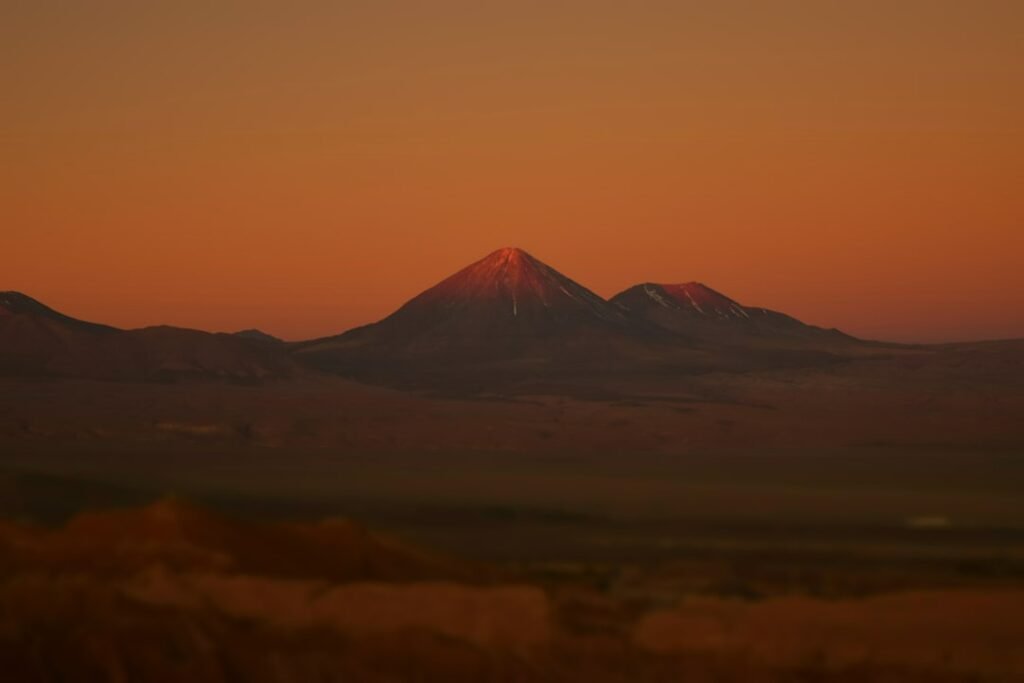Imagine holding a piece of Mars in your hand, a fragment of the Moon, or even dust from an asteroid that’s older than our planet. These cosmic treasures aren’t just pretty rocks sitting in museums – they’re time capsules that tell the most incredible story ever discovered: how Earth survived its chaotic, violent childhood and became the oasis of life we know today. Every grain of space dust, every meteorite fragment, and every sample brought back from distant worlds carries secrets about a time when our solar system was a battlefield of colliding planets, volcanic eruptions that would dwarf anything we can imagine, and cosmic bombardments that reshaped entire worlds.
The Cosmic Crime Scene: Reading Ancient Violence
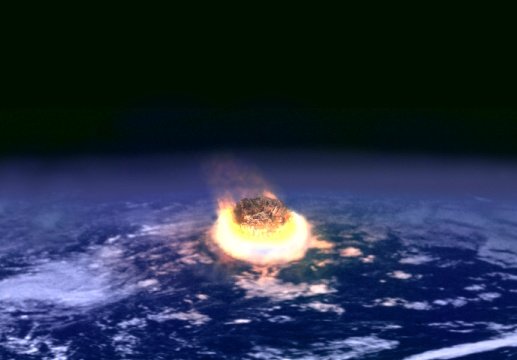
When scientists examine planetary samples under powerful microscopes, they’re essentially playing detective at a 4.6-billion-year-old crime scene. These samples reveal that Earth’s early years were nothing like the peaceful blue marble we see today. Meteorites contain shocked minerals – crystals that have been twisted and deformed by impacts so violent they created pressures found nowhere on Earth’s surface. The isotopic signatures in these rocks tell us about temperatures hot enough to vaporize entire continents. It’s like finding fingerprints at a crime scene, except these fingerprints tell us about cosmic catastrophes that make our worst natural disasters look like gentle summer rain.
Lunar Samples: Earth’s Bodyguard Tells All
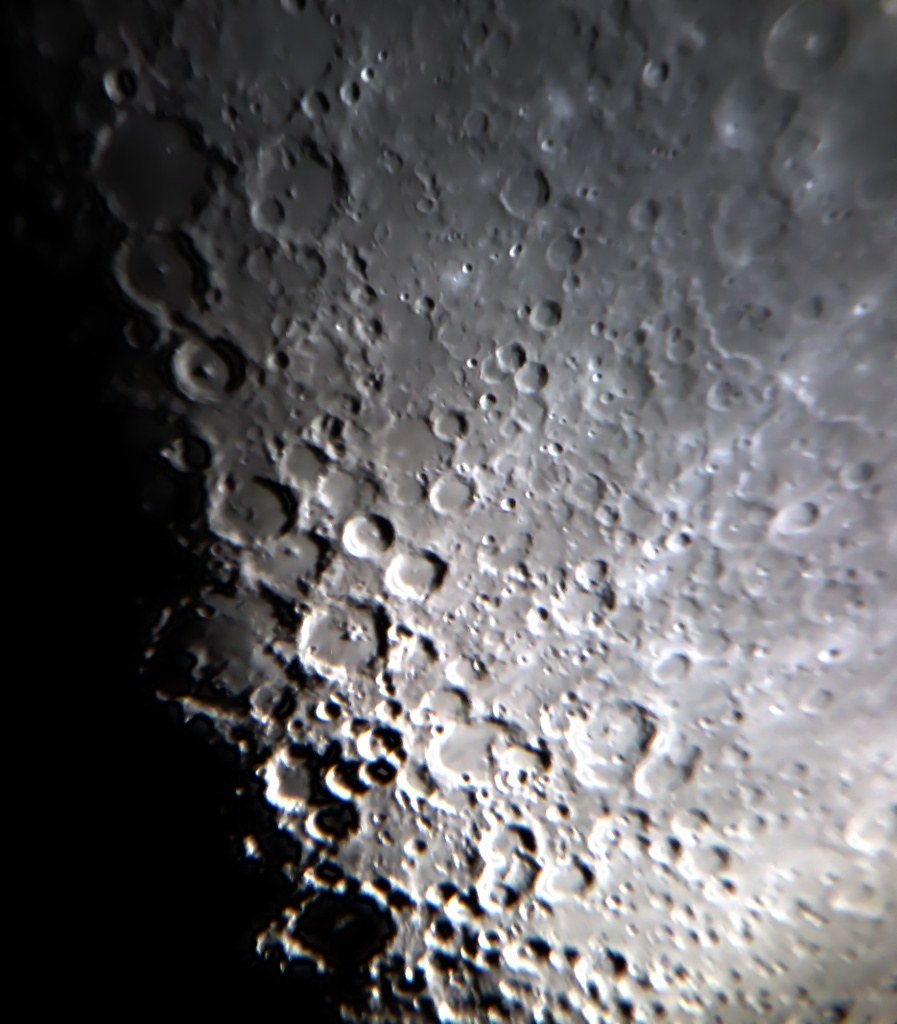
The Moon has been Earth’s silent witness for billions of years, and the samples brought back by Apollo missions paint a picture of absolute mayhem. The lunar surface is scarred with impact craters, some so large they could swallow entire countries. These samples contain glass beads formed when asteroid impacts melted the Moon’s surface instantly, creating temperatures of over 1,700 degrees Celsius. The Moon’s lack of atmosphere and geological activity has preserved this evidence perfectly, like a cosmic museum frozen in time. Every crater tells us that if the Moon took this beating, Earth – with its larger size and stronger gravitational pull – must have endured an even more brutal assault.
Martian Meteorites: Messages from a Dying World
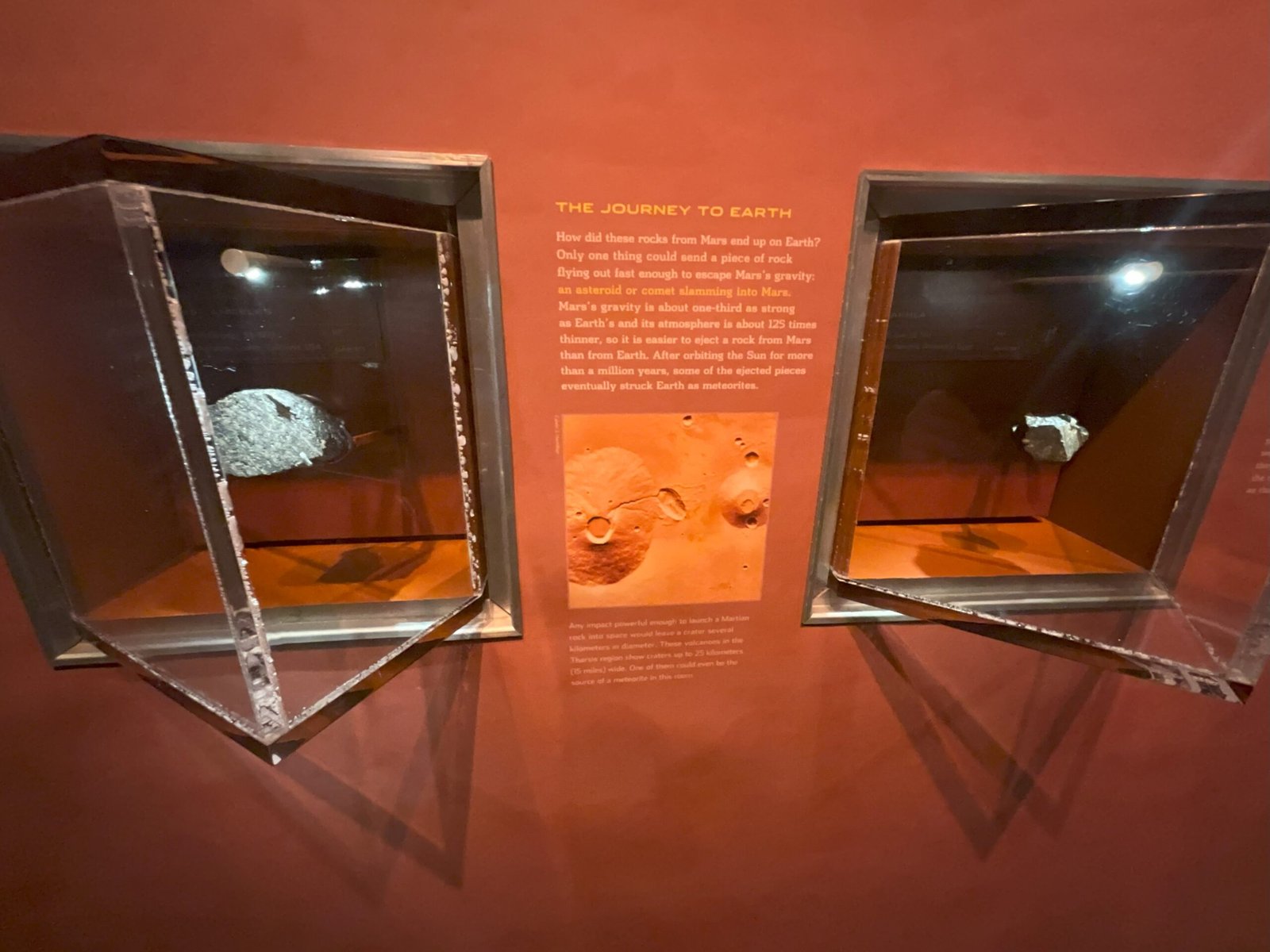
Martian meteorites found on Earth are like postcards from a planet that lost its battle with cosmic violence. These rocks were blasted off Mars by impacts so powerful they launched chunks of the planet into space, where they traveled for millions of years before crash-landing on our world. Inside these meteorites, scientists have found evidence of ancient water, organic compounds, and minerals that formed in environments that could have supported life. But they also reveal a planet that lost its magnetic field, allowing solar radiation to strip away its atmosphere and turn it into the frozen desert we see today. Mars shows us what could have happened to Earth if things had gone differently.
Asteroid Samples: The Original Building Blocks
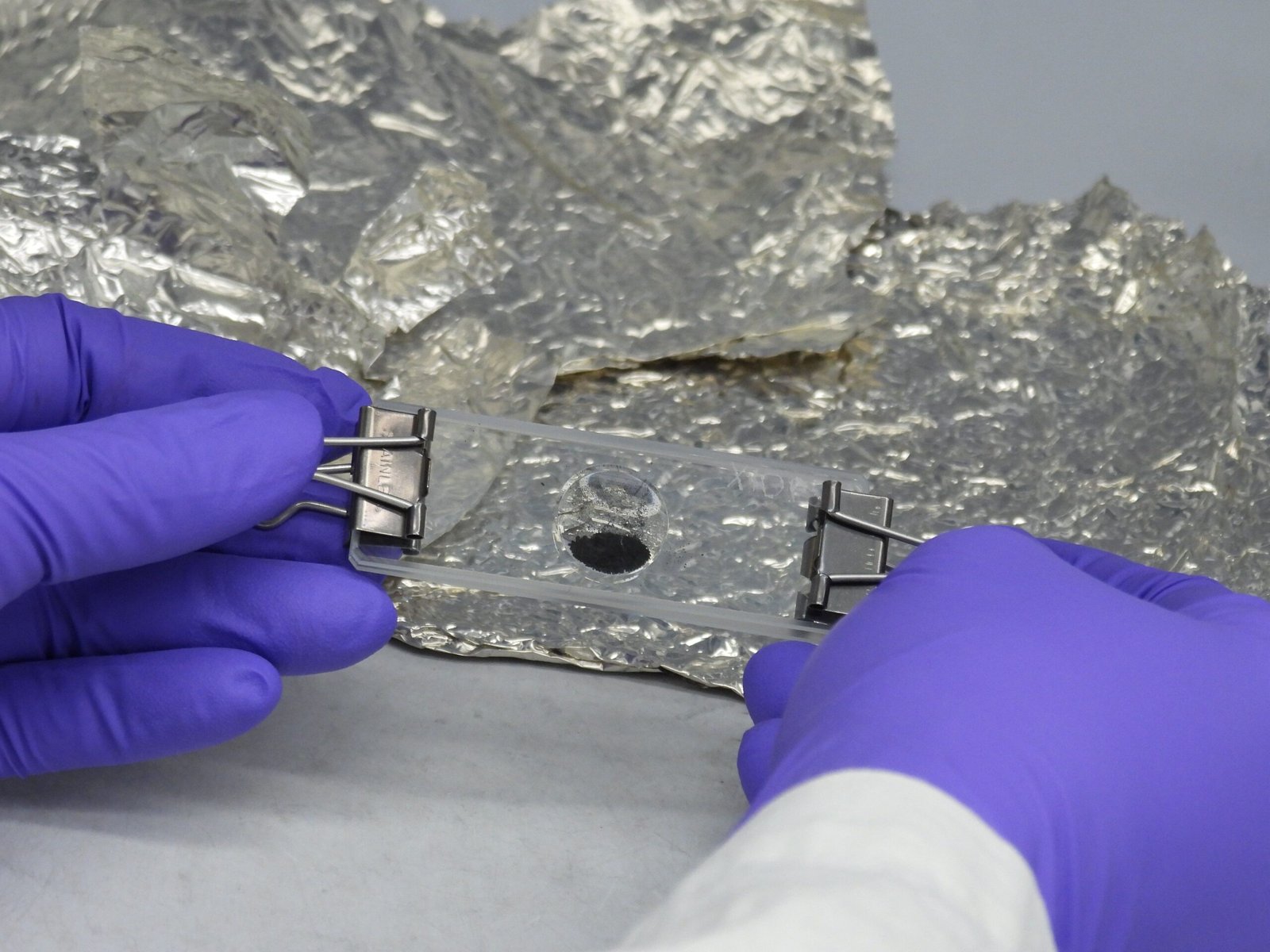
Recent missions like OSIRIS-REx and Hayabusa2 have brought back pristine samples from asteroids, and these cosmic leftovers are revealing shocking truths about the solar system’s violent formation. These samples contain the original materials that built the planets, but they also show evidence of repeated heating, melting, and reformation from countless collisions. Some asteroids are essentially flying rubble piles held together by gravity – the shattered remains of larger bodies that were pulverized in ancient impacts. The organic compounds found in these samples suggest that the ingredients for life were being mixed and remixed in a cosmic blender of destruction and creation.
The Late Heavy Bombardment: Earth’s Trial by Fire

Planetary samples have confirmed one of the most terrifying periods in Earth’s history: the Late Heavy Bombardment, which occurred around 3.8 billion years ago. During this period, our planet was pummeled by asteroids and comets in what scientists describe as a “terminal lunar cataclysm.” Evidence from lunar samples shows that the bombardment was so intense it could have sterilized Earth’s surface multiple times over. Yet somehow, life not only survived this cosmic assault but may have actually emerged during or shortly after it. This revelation has completely changed how we think about life’s resilience and the conditions necessary for its emergence.
Shocked Minerals: Nature’s High-Pressure Witnesses
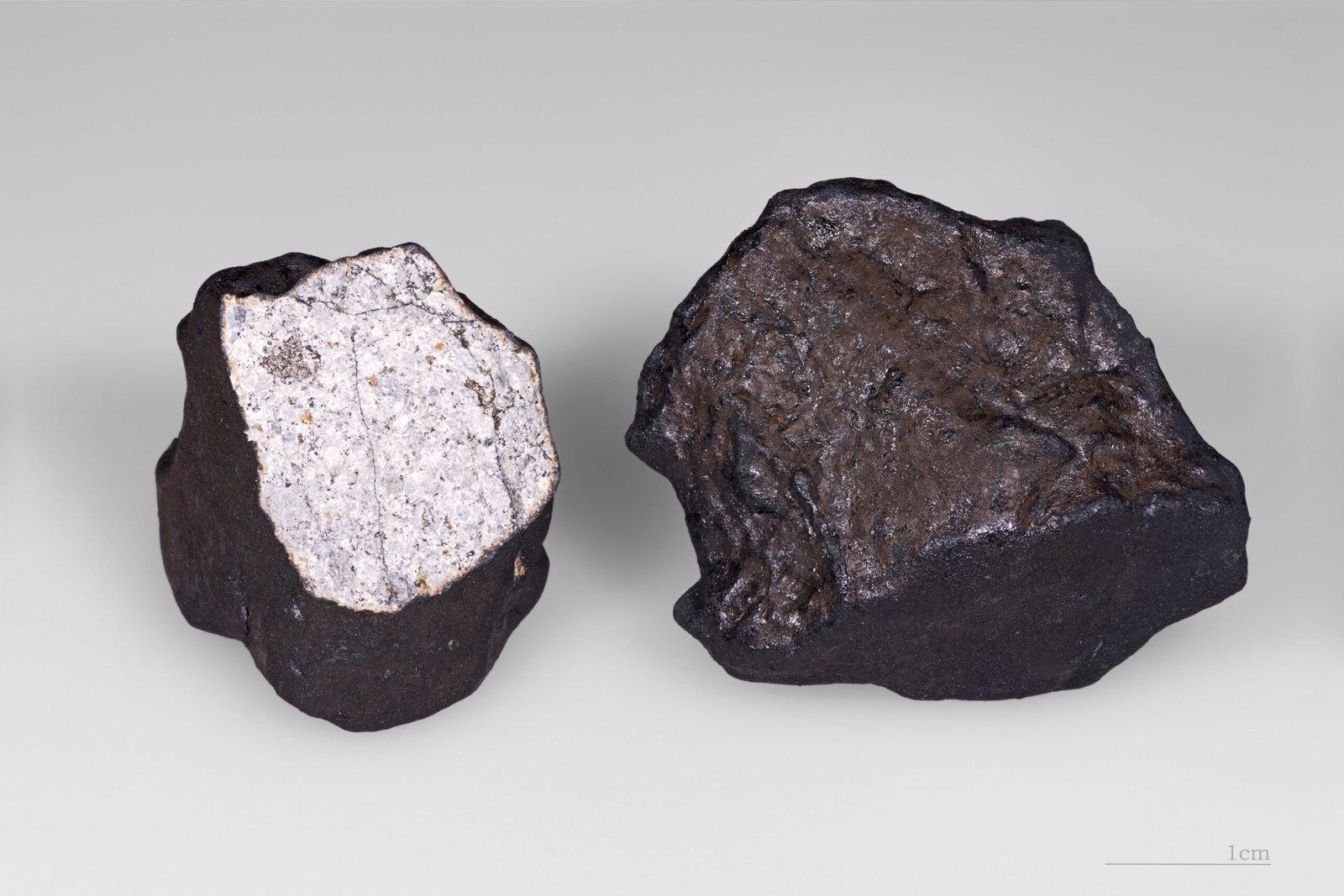
When scientists examine meteorites and impact samples, they often find minerals that exist nowhere else in nature except under conditions of extreme violence. These “shocked minerals” form only under pressures equivalent to being crushed by the weight of several Mount Everests. Diamonds in meteorites aren’t beautiful gems – they’re evidence of collisions so violent they instantly transformed carbon into its hardest form. Stishovite, a form of quartz that only exists under extreme pressure, has been found in Earth rocks at impact sites, proving that our planet has endured strikes powerful enough to create these impossible conditions. These minerals are like frozen screams from moments of unimaginable destruction.
The Great Oxygenation Event: Poison That Saved Us

Samples from ancient Earth rocks reveal one of the most dramatic plot twists in our planet’s violent history: the Great Oxygenation Event. Around 2.4 billion years ago, oxygen – which was actually toxic to most life forms at the time – began flooding Earth’s atmosphere. This wasn’t a gentle process; it was an environmental catastrophe that killed off most existing life forms. Rock samples show layers of iron formations that turned red as oxygen literally rusted the planet’s surface. Yet this “oxygen holocaust” paved the way for complex life as we know it. The samples tell us that Earth’s violence wasn’t just external – sometimes the planet poisoned itself to evolve.
Impact Glass: Frozen Moments of Destruction
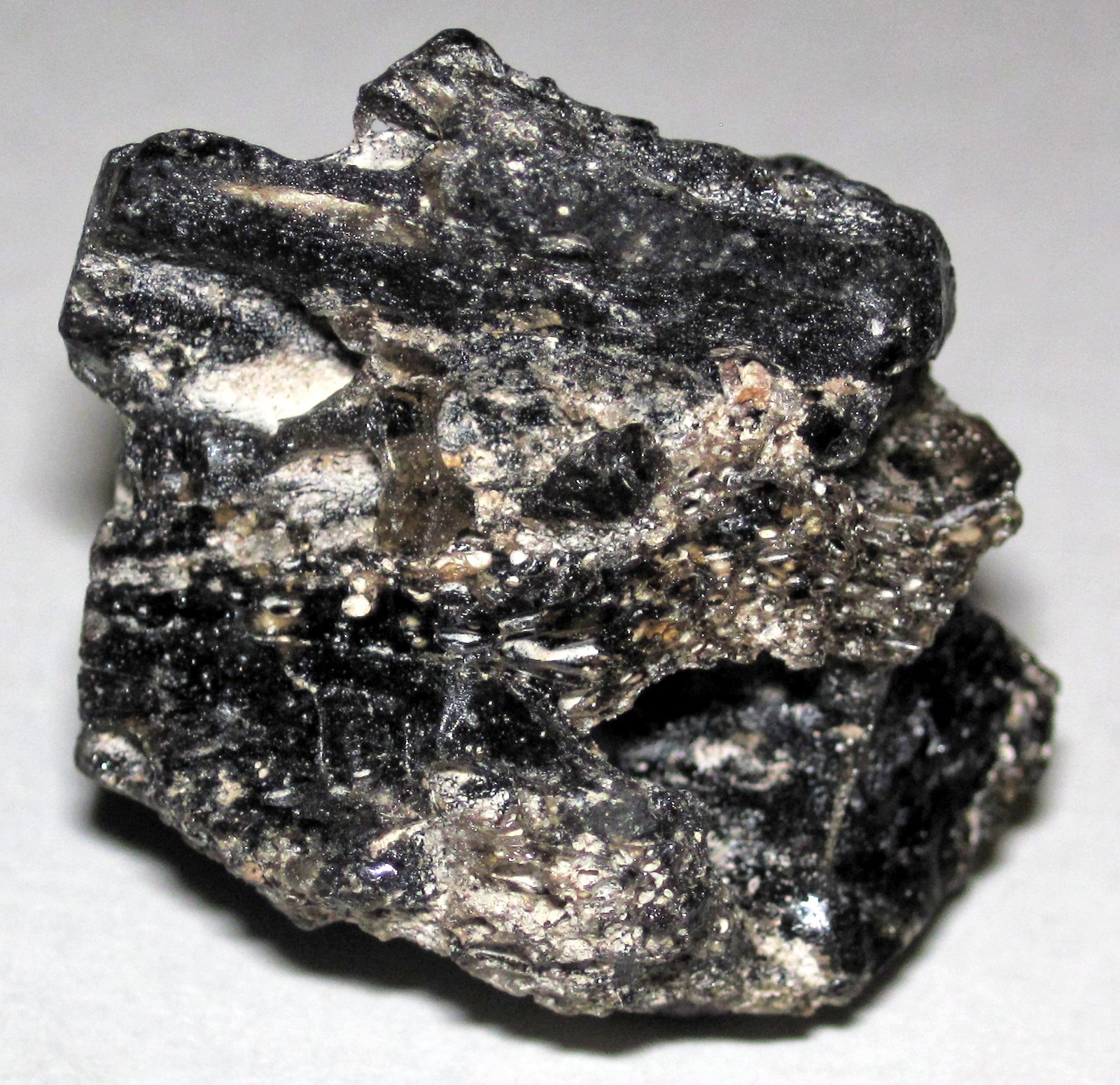
Some of the most haunting evidence of Earth’s violent past comes in the form of impact glass – materials created when asteroid strikes instantly melted and reformed rock. These glass formations preserve the exact moment of impact like insects frozen in amber. Samples of impact glass have been found at sites around the world, each one representing a catastrophic event that would have darkened skies and altered climate patterns globally. The glass contains tiny fragments of the impacting asteroid, allowing scientists to identify what type of cosmic bullet nearly ended life on Earth. It’s sobering to realize that we’re examining the remnants of events that came close to preventing human existence entirely.
Tektites: Earth’s Splash Patterns
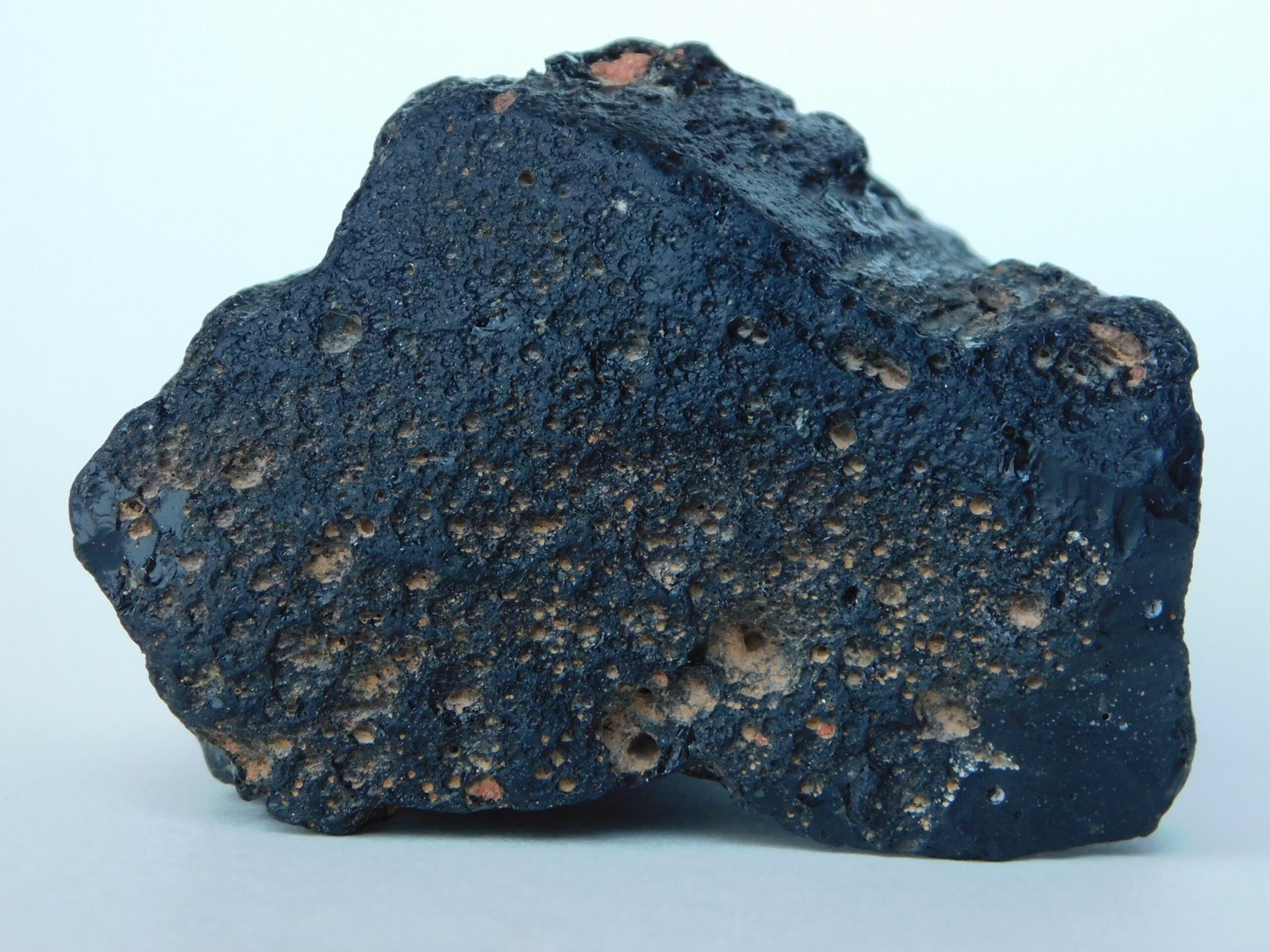
Tektites are natural glass objects formed when terrestrial debris is ejected during meteorite impacts and then falls back to Earth. These samples are found scattered across vast areas, creating what scientists call “strewn fields” that can stretch across continents. The distribution patterns of tektites reveal the incredible violence of major impacts – some debris was launched so high and far that it traveled thousands of kilometers before landing. Australian tektites, for example, were created by an impact that occurred in Southeast Asia, showing that the effects of major strikes were truly global. These glass droplets are like Earth’s own tears, frozen in time as evidence of planetary-scale trauma.
Chondrules: The Solar System’s First Violence
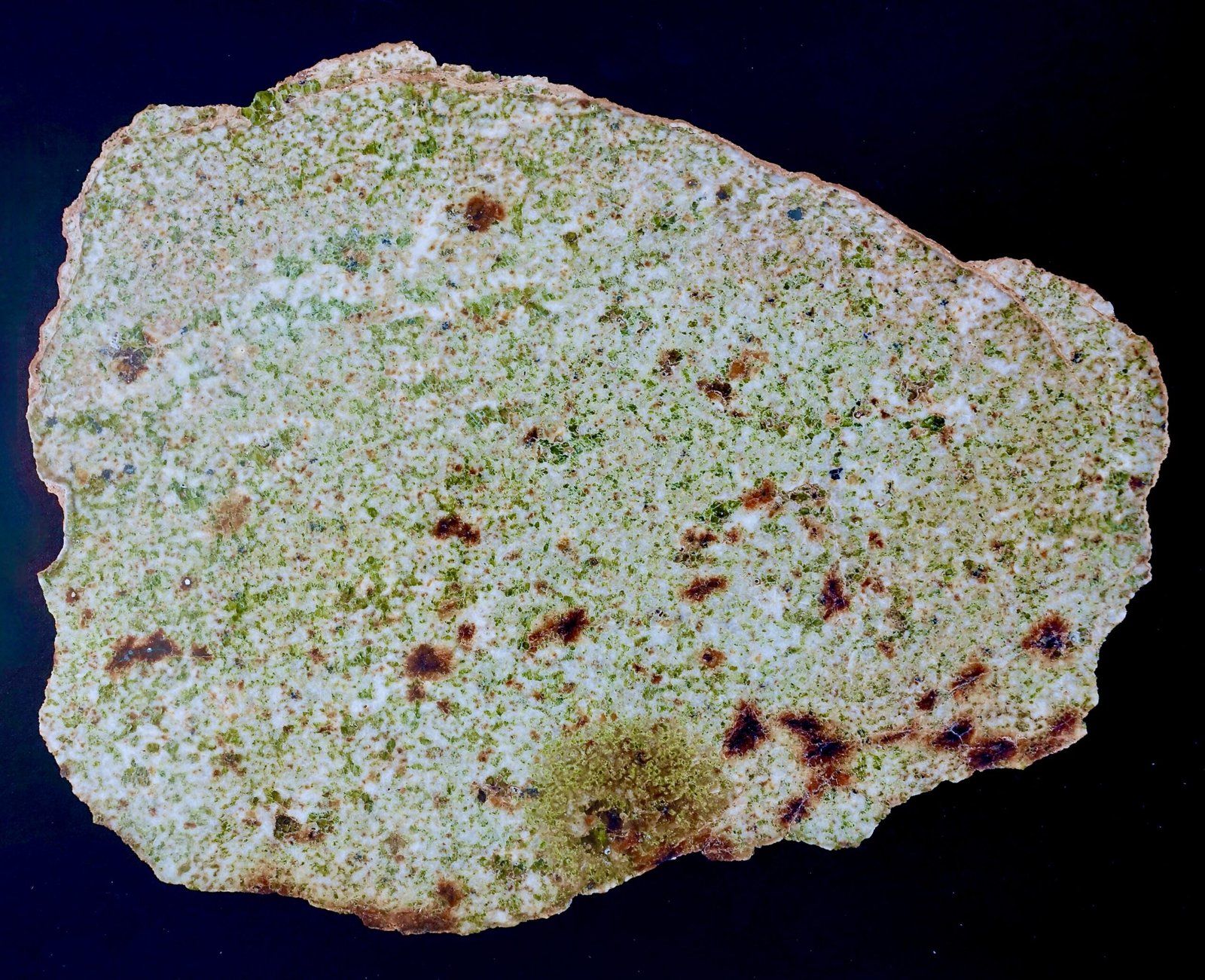
Long before planets even formed, the early solar system was already violent, and this is proven by tiny spheres called chondrules found in primitive meteorites. These millimeter-sized glass beads were formed when dust particles were flash-heated to over 1,500 degrees Celsius in the solar nebula, then rapidly cooled in space. The process happened repeatedly, creating layers upon layers of these cosmic pearls. Scientists believe this heating was caused by shock waves from the young Sun or collisions between early planetary building blocks. Chondrules show us that violence was literally built into the foundation of our solar system – every planet, including Earth, is made from materials forged in cosmic fire.
The Moon’s Birth: Earth’s Ultimate Trauma

Perhaps the most shocking revelation from planetary samples is the evidence supporting the Giant Impact Hypothesis – the theory that our Moon was born from the most violent event in Earth’s history. Chemical analysis of lunar samples shows that the Moon and Earth have nearly identical isotopic compositions, something that would only be possible if they were once part of the same body. The evidence suggests that a Mars-sized object called Theia collided with the early Earth with such violence that it vaporized both bodies, creating a disk of molten rock that eventually condensed to form our Moon. This wasn’t just a collision – it was a planetary-scale explosion that essentially reset Earth’s development and gave us the large moon that stabilizes our planet’s rotation and creates our tides.
Preserved Atmospheres: Trapped Ancient Air

Some planetary samples contain tiny bubbles of ancient atmosphere, providing direct evidence of what early planetary environments were like. These microscopic time capsules show that early Earth’s atmosphere was radically different from today’s – rich in methane, ammonia, and other gases that would be toxic to modern life. Martian meteorites contain trapped atmospheric gases that match measurements taken by rovers on Mars, confirming their origin and showing how Mars lost most of its atmosphere over billions of years. These samples prove that planetary atmospheres are fragile things that can be stripped away by solar winds, massive impacts, or other violent processes. Earth’s ability to maintain its atmosphere through all this chaos is nothing short of miraculous.
Organic Compounds: Life’s Violent Origins

Surprisingly, some of the best evidence for life’s potential emergence comes from samples that also record the most violent events. Meteorites and comet samples contain complex organic compounds – the building blocks of life – that were formed in the harsh environment of space and delivered to Earth during the heavy bombardment period. These cosmic deliveries may have provided the raw materials for life just as Earth was being pummeled by impacts. The irony is stunning: the same violent processes that repeatedly sterilized our planet may have also been delivering the ingredients necessary for life to begin again. It’s as if the universe was simultaneously trying to destroy and create life on Earth.
Rare Earth Elements: Cosmic Recycling Through Violence
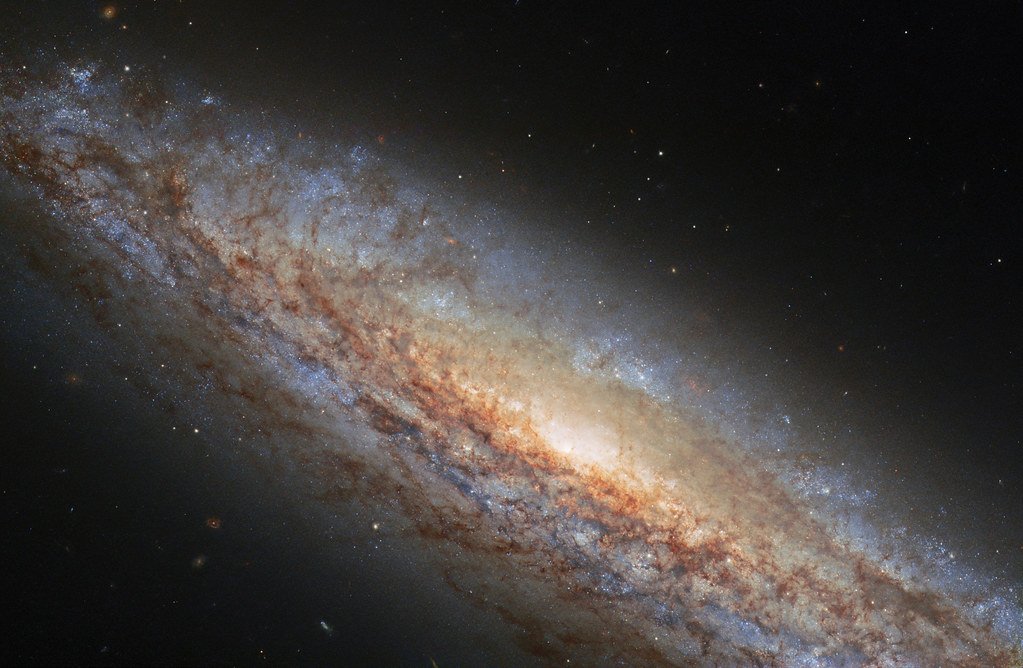
The rare earth elements essential for modern technology and potentially for life itself are distributed unevenly throughout planetary samples, and this distribution tells a story of cosmic violence and recycling. These elements are primarily created in stellar explosions – supernovas and neutron star collisions – and were incorporated into our solar system’s formation. Samples from different bodies show varying concentrations of these elements, revealing how multiple generations of stellar violence contributed to our solar system’s composition. Earth’s relatively high concentration of rare earth elements may be one reason why complex life was able to evolve here. We literally exist because of ancient stellar explosions that scattered these vital ingredients across the cosmos.
Water’s Violent Journey
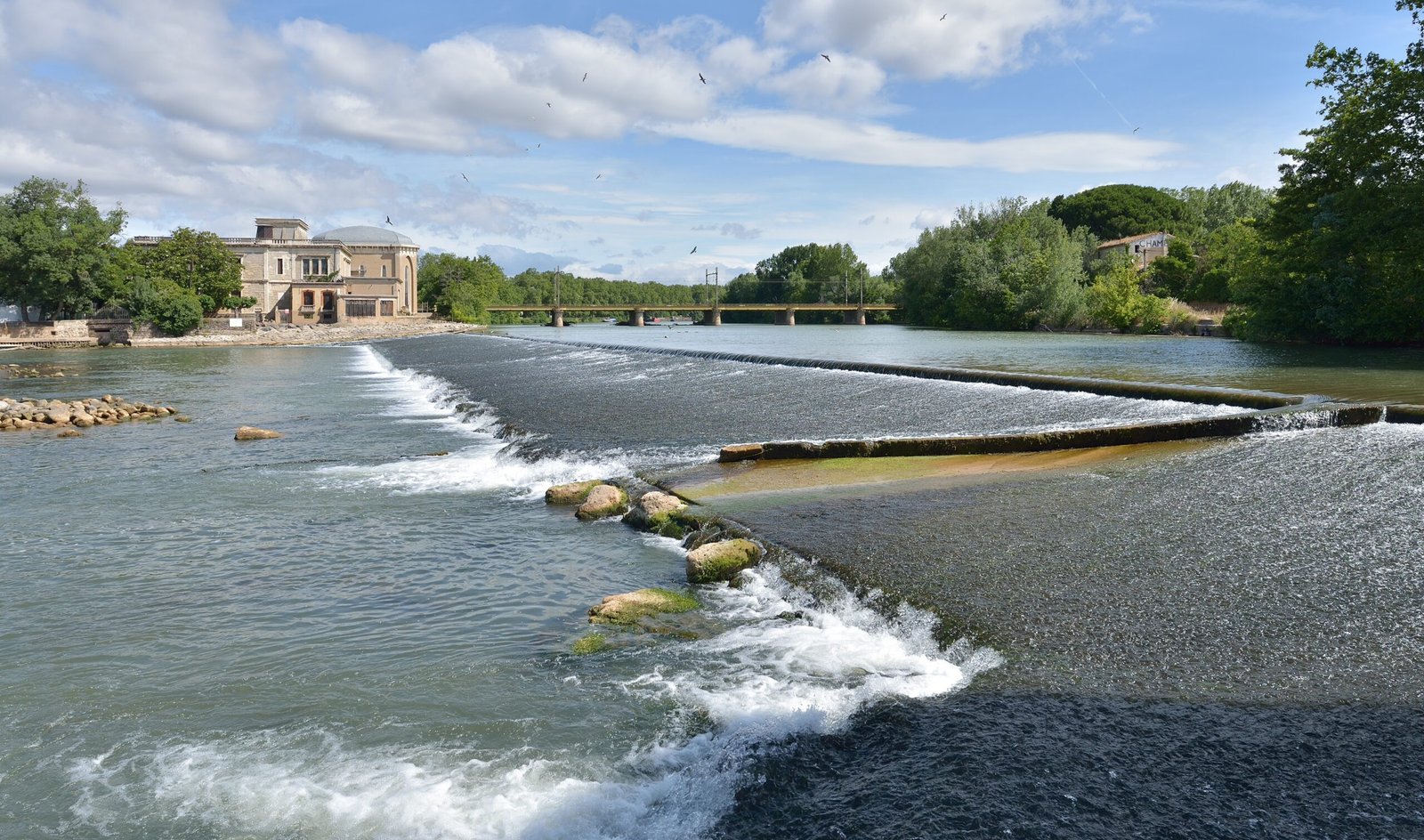
Planetary samples reveal that water – essential for life as we know it – has had an incredibly violent journey to Earth. Isotopic analysis of comets, asteroids, and Earth’s oceans shows that our planet’s water came from multiple sources during the early bombardment period. Some water was delivered by ice-rich asteroids, while other sources included comets from the outer solar system. The evidence suggests that Earth lost and regained its water multiple times during massive impact events that could vaporize entire oceans. The water we drink today is literally ancient, having survived cosmic bombardments, planetary collisions, and countless cycles of destruction and renewal. Every drop carries the memory of this violent delivery system.
Magnetic Field Evidence: Earth’s Invisible Shield

Samples of ancient Earth rocks contain tiny magnetic crystals that record the strength and direction of our planet’s magnetic field throughout history. This magnetic field has been crucial for protecting Earth from deadly solar radiation, but the samples reveal that it hasn’t always been stable. There have been periods when the magnetic field weakened dramatically or even reversed completely, leaving Earth vulnerable to cosmic radiation. During these times, the atmosphere could have been stripped away like what happened to Mars. The fact that Earth maintained its magnetic field through all the chaos of its violent youth was critical for preserving the conditions necessary for life. Without this invisible shield, all the other factors that made Earth habitable would have been meaningless.
The Hadean Eon: Hell on Earth

The earliest period of Earth’s history is called the Hadean Eon, literally named after Hades because scientists believed it was a hellish time when the planet was completely molten and uninhabitable. However, samples of zircon crystals from this period – some of the oldest materials on Earth – are rewriting this story. These ancient crystals suggest that Earth had liquid water and possibly even continents much earlier than previously thought. The samples indicate that even during this supposedly hellish period, there may have been brief respites from the violence when conditions were suitable for early life processes. This discovery suggests that life may have attempted to establish itself on Earth multiple times, only to be repeatedly wiped out by subsequent impacts and volcanic activity.
The Anthropocene Connection: Modern Lessons from Ancient Violence
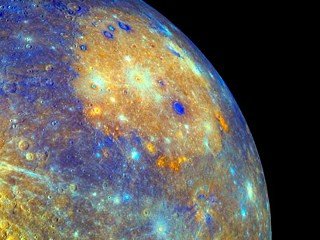
As we study samples from Earth’s violent past, we’re discovering unsettling parallels to changes happening in our modern world. The same types of chemical signatures that mark ancient mass extinctions – changes in atmospheric composition, ocean chemistry, and climate patterns – are beginning to appear in contemporary samples. Ice cores, sediment layers, and even modern meteorites are recording the impact of human activities on planetary systems. The difference is that ancient catastrophes took millions of years to unfold, while human-induced changes are happening in mere decades. Understanding how Earth survived its ancient violence is becoming crucial for understanding how it might survive its current challenges.
Future Samples: The Violence Continues
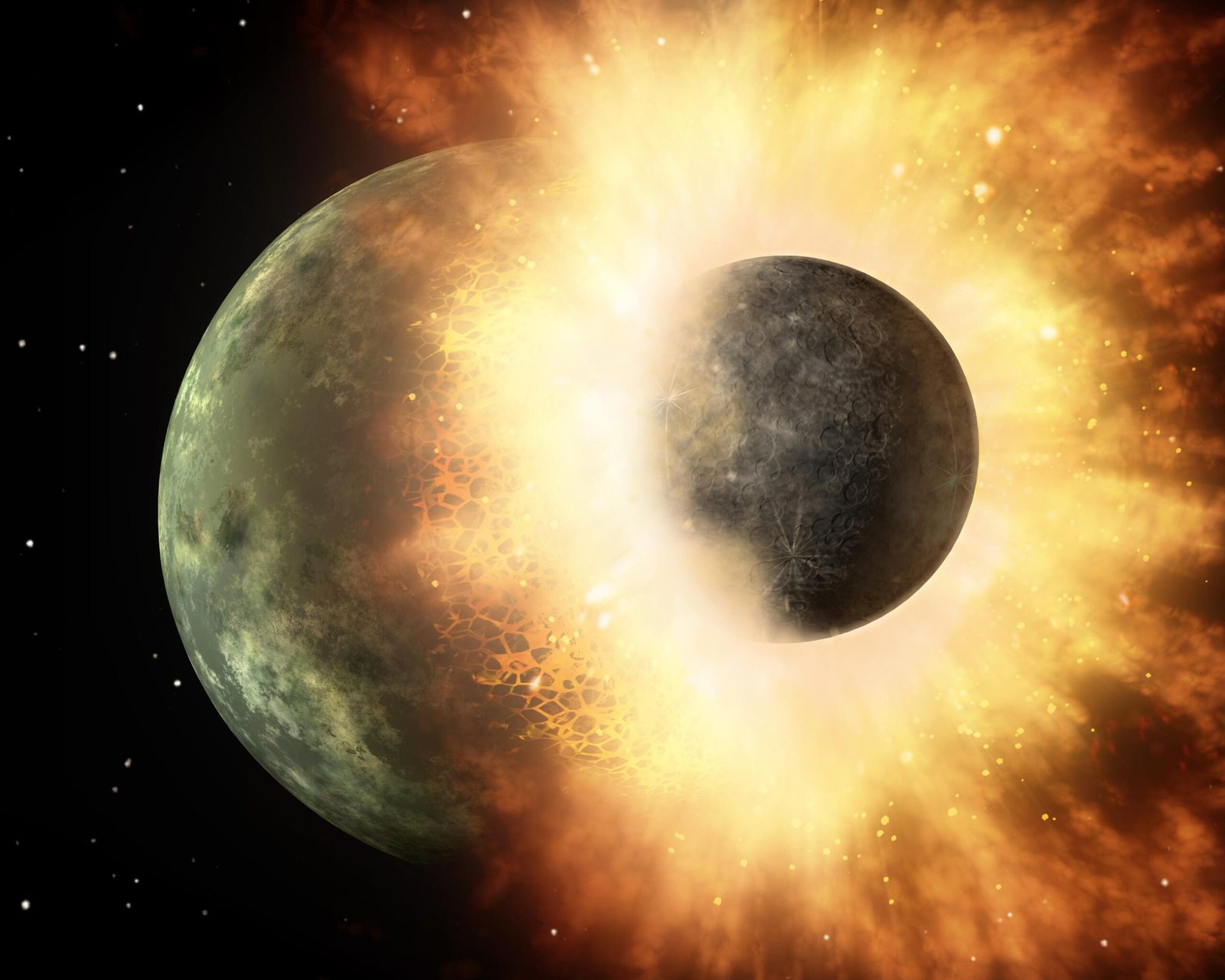
Even as we study the violence of Earth’s past, planetary samples remind us that cosmic threats continue today. Fresh meteorite falls bring us samples of ongoing processes in the asteroid belt, where collisions are still creating new fragments that could potentially threaten Earth. Samples from recent asteroid missions show that many of these bodies are loosely held together “rubble piles” that could break apart if they collided with Earth’s atmosphere, potentially creating multiple impact sites. Meanwhile, samples from comets reveal that these icy visitors from the outer solar system continue to carry the potential for global climate disruption. The violence that shaped Earth’s youth hasn’t ended – it’s just operating on timescales that make it seem distant and abstract to human perception.
The story told by planetary samples is one of incredible resilience in the face of unimaginable violence. Earth didn’t just survive its brutal childhood – it was forged by it, shaped by countless catastrophes into the complex, life-supporting world we inhabit today. Every rock, every crystal, every grain of cosmic dust carries within it the memory of impacts that could have shattered planets, bombardments that boiled oceans, and collisions that literally moved mountains. Yet here we are, living proof that beauty can emerge from chaos, that life can flourish despite cosmic odds, and that violence and creation are two sides of the same cosmic coin. What other secrets are waiting to be discovered in the samples we’ve yet to collect?



